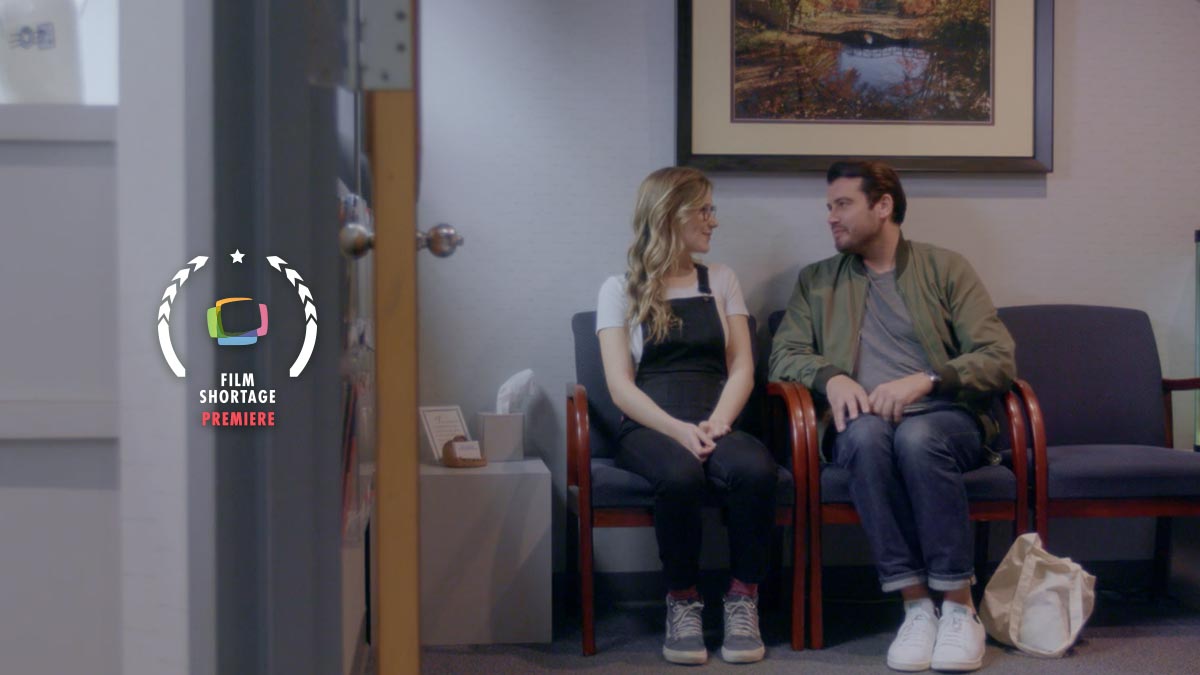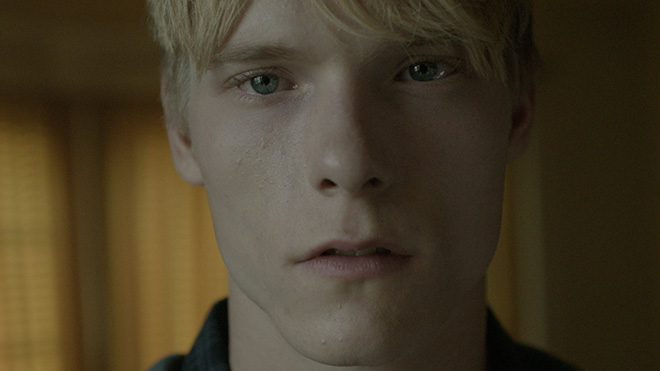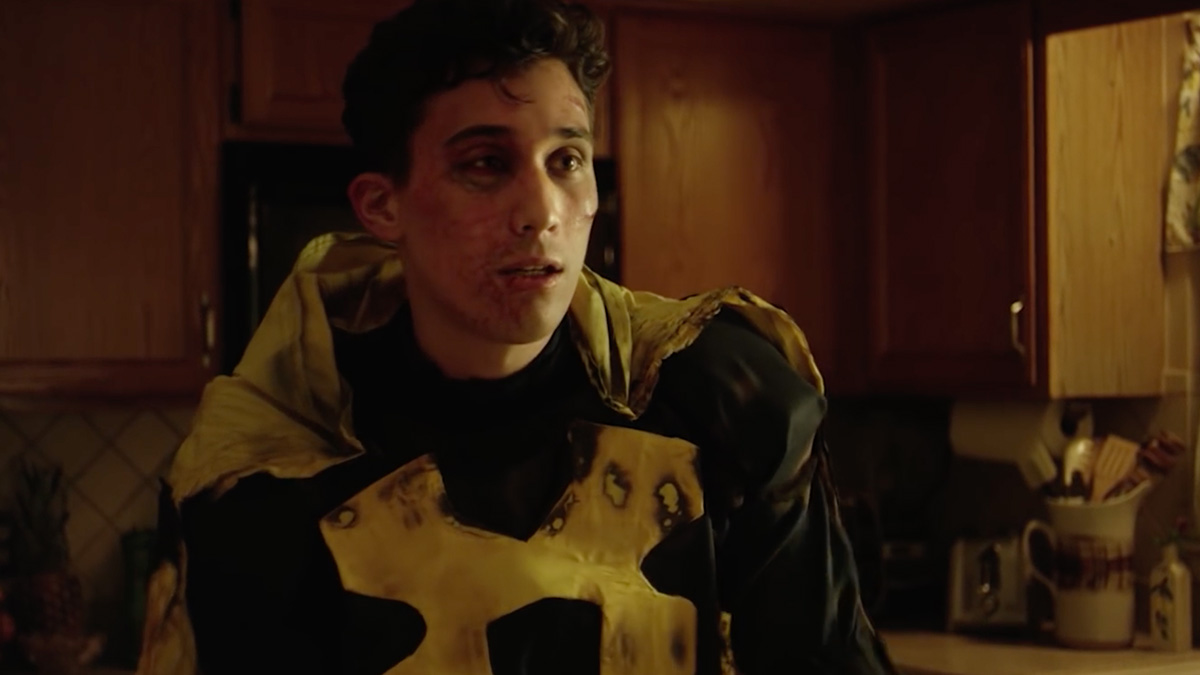A young man with Down syndrome, stakes on a superhero identity to muster the courage to profess his love to a childhood friend.
Just barely a week after releasing his COVID-Lockdown short ‘Vis-À-Vis‘, Émile V. Schlesser drops his new film (actually shot before Vis-À-Vis) ‘Superhero’. Different in subject, but just as powerful in terms of creative and psychological experience. Following Max, a young man with Down syndrome, stakes on a superhero identity to muster the courage to profess his love to a childhood friend. Showing up uninvited at her farewell party, he soon finds himself involved in a test of courage which goes horribly wrong.

It delves into the rich visuals defined by classic cinema and superhero movies
While the film is set in an exciting and fun setting, its narrative takes on heavy emotional proportions. Bringing on a lead character with Down Syndrome, Émile quickly puts the emphasis on character relations development. An element which helps put the audience in a precautious and attentive state from the early stages. As the story progresses and turns into fantasy, the brilliance is played through the audience’s perspective of the metaphorical intentions.
“Superhero” is a unique mix between heartfelt drama and fantasy. On one hand the film meditates on pain and conflict that arise when falling out of touch with childhood friends as one is growing up – on the other, triggered by the protagonist’s outfit as emotional armour, it delves into the rich visuals defined by classic cinema and superhero movies.


While the story originally had Max as a socially challenged kid, Émile leaned towards a Down Syndrome character after remembering a childhood friend, who was always treated differently from other kids. And with the story shaping to be about masks that people wear (metaphorically) in social environments, Émile says “what characterizes people with Down syndrome is that they do not possess such a social mask. Their behaviour, words and actions are earnest and unfiltered“. An element that he ironically contrasts in the film with Max being the only one with a mask.
Casting for Superhero
At first my producer wanted the film to be shot in Luxembourgish with local actors, for budgetary and logistic reasons. But I insisted on casting an actor with Down syndrome in the lead, and since we couldn’t find anybody with acting experience in Luxembourg, I began searching in Germany. Changing the film’s language also gave me the opportunity to try and reach out to actors I’ve admired for a long time, and who would be perfect for these roles – Maria Dragus and Jannik Schümann – two of the most interesting young talents in Germany.
Finding Nico Randel was an absolute blessing. I insisted on casting an actor with the same genetic characteristic as the protagonist. I never would have condoned casting a ‘normal’ actor posing as a character with disability. You just can’t do that, the days of Leo as Arnie Grape are long gone. And what Nico brought to this project exceeded my expectations by far. I discovered Nico after a long and arduous search online and many phone calls. I found his website and saw that he not only had a bit of acting experience (mainly on stage) but that he’s also a very versatile artist: he paints, draws, exhibits his work and even directed a few stage plays.
So I immediately felt this kinship between us. I reached out to his parents, who are also his managers, and we clicked right away. I completely fell in love with his earnestness, pureness, humour, courage and enthusiasm. And considering he’s extremely afraid of heights, the man’s fearless. He really elevated the whole thing.
excerpt from The New Current. Read the full interview




